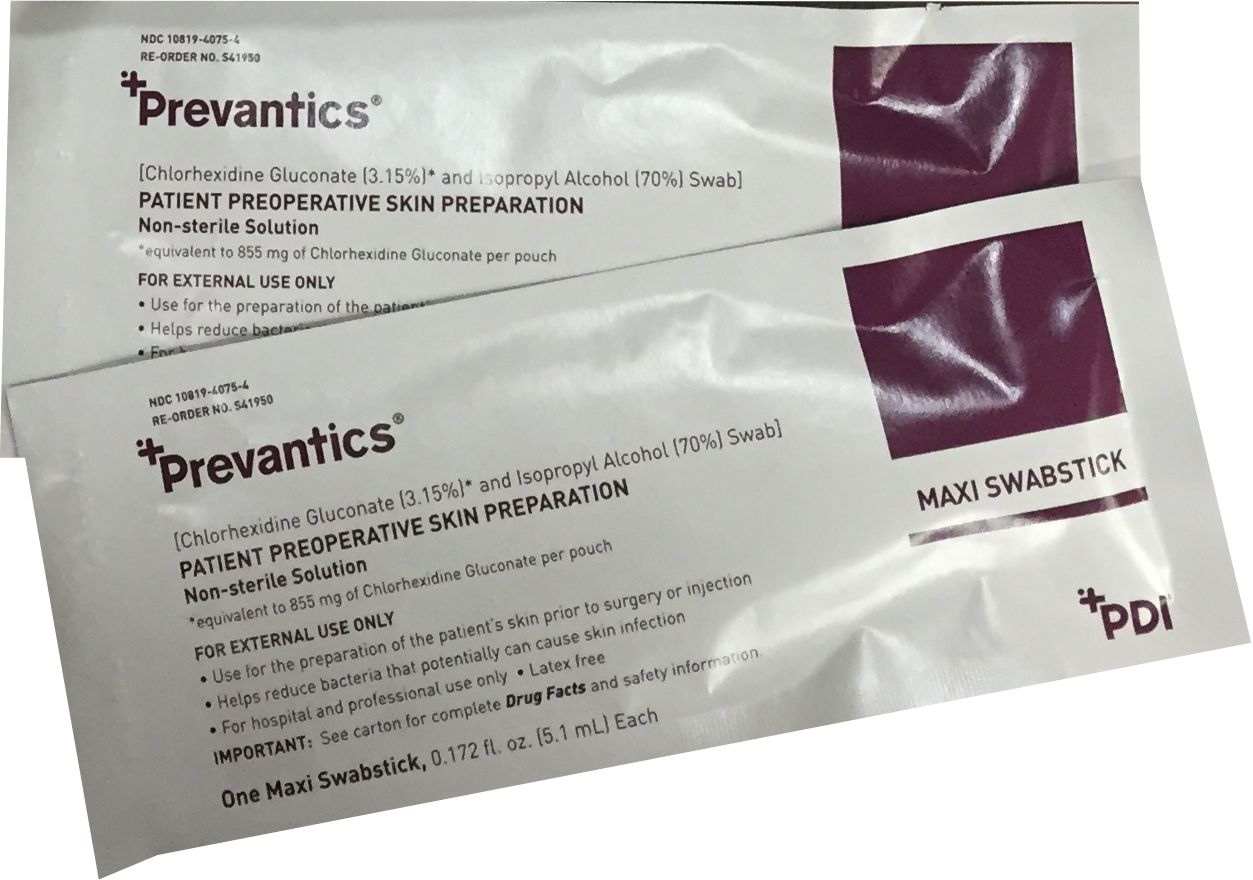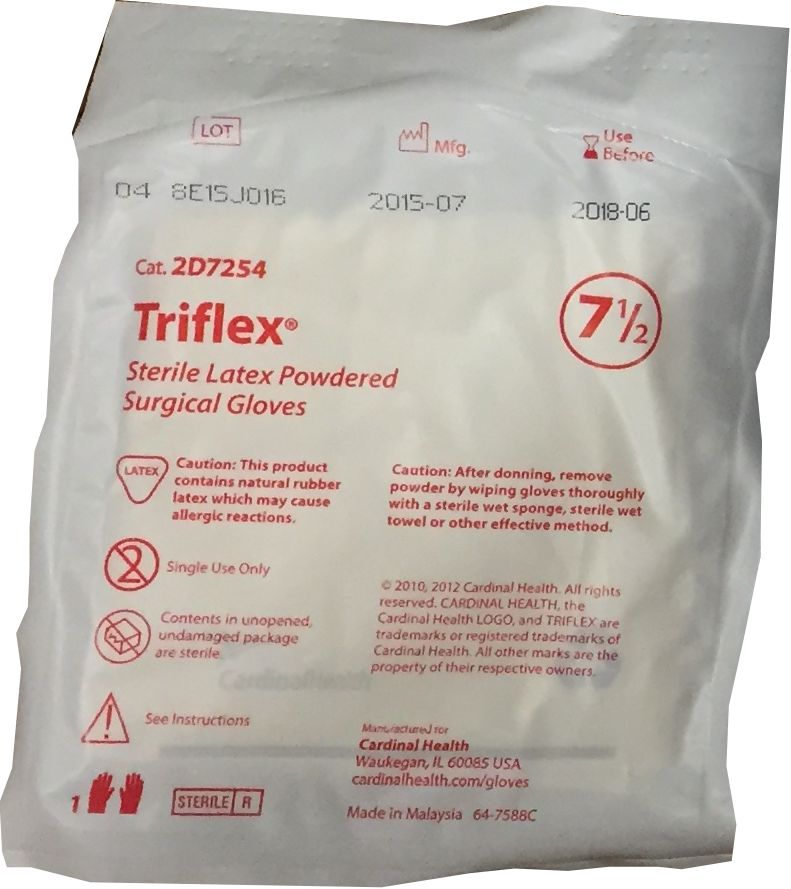Regional Anesthesia of the Ankle and Foot
Click (or tap) on the Area of the Injury or on the Nerve Block you Want to Perform
Dorsum of the Foot and Ankle
Click (or tap) on the Area of the Injury or on the Nerve Block you Want to Perform
Plantar Surface of the Foot
Basic Supplies
Materials
For the Basic Blocks, You'll Need:
Anesthetic of choice
Syringe (5-10mL)
Blunt Fill Needle
23-27 gauge needle
Antiseptic wipe
Additionally for the Posterior Tibial, You'll Need:



Sterile Gloves
Sterile Towels or Drape
Chloroprep/Betadine
Don't Forget About Your Dosing Guidelines and Adverse Reactions!
REFERENCES
Hsu C, Stack AM, Walls RM, et al. Infiltration of local anesthetics. UpToDate Online. UpToDate, Inc. Last revised 17 February 2015. Accessed 6 November 2015.
Becker DE, Reed KL. Essentials of Local Anesthetic Pharmacology. Anesth Prog. 2006;53(3):98-109.
Davis B. What dose of epinephrine contained in local anesthesia can be safely administered to a patient with underlying cardiac disease during a dental procedure? Juornal of Canadian Dental Association. 2010;76:a36.
Pavlidakey PG, Brodell EE, Helms SE. Diphenhydramine as an alternative local anesthetic agent. Journal of Clinical and Aesthetic Dermatology. 2009;2(10):37-40.
Green SM, Rothrock SG, Gorchynski J. Validation of diphenhydramine as a dermal local anesthetic. Annals of Emergency Medicine. 1994;23(6):1284-9.
Malamed SF. Diphenhydramine hydrochloride; its use as a local anesthetic in dentistry. Anesth Proc. 1973; 20(3):76-82.
Rosenberg PH, Veering BT, Urmey WF. Maximum recommended doses of local anesthetics: a multifactorial concept. Reg Anesth Pain Med. 2004;29(6):564-75.
Lexicomp Online. Lexi-Drugs. Lidocaine, bupivacaine, mepivicaine, tetracaine, chloroprocaine, diphenhydramine. Hudson, Ohio: Lexi-Comp, Inc. Last revised October 2015. Accessed November 2015.
Williams DJ, Walker JD. A nomogram for calculating the maximum dose of local anesthetic. Anesthesia. 2014;69:847-853.






